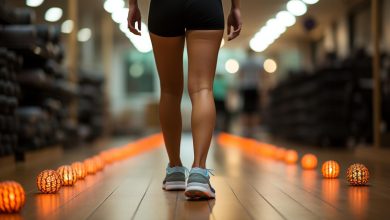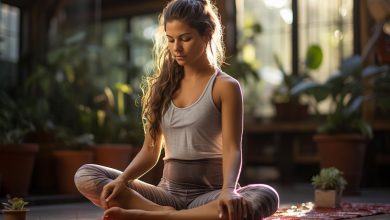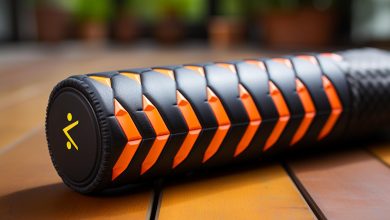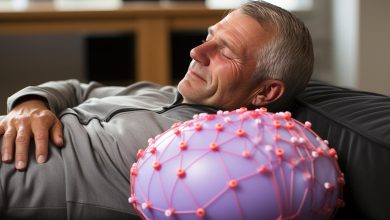Incorporating Self-Massage Into Your Post-Run Routine

Are you tired of feeling sore and stiff after your runs? Incorporating self-massage into your post-run routine can be the game-changer you’ve been looking for. By taking just a few minutes to give yourself some TLC, you can speed up muscle recovery, reduce tightness, and prevent injury.
With the right tools and techniques, targeting those problem areas becomes a breeze. So why wait? Discover the science behind self-massage and unlock a world of pain-free running.
Benefits of Self-Massage After Running
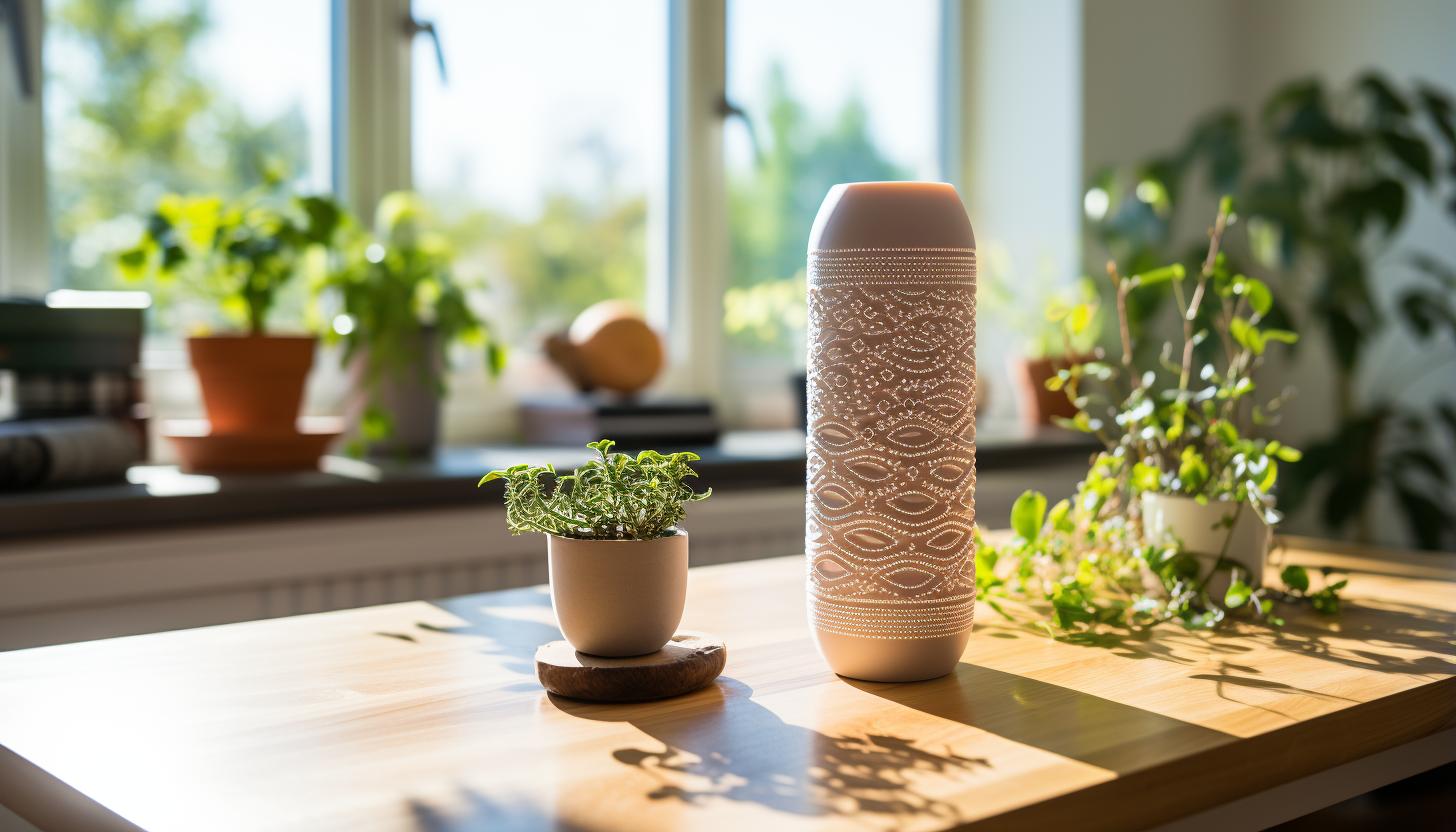
There are several benefits of self-massage after running. One of the benefits is reducing muscle soreness and improving blood circulation. Self-massage plays a crucial role in injury prevention for runners. By massaging your muscles after a run, you can help prevent the development of tight knots and adhesions that may lead to injuries over time. Additionally, self-massage can help release tension in your muscles, reducing the risk of strains or pulls during future runs.
In addition to injury prevention, self-massage can also improve your running performance. Massaging your muscles after a run helps to increase blood flow to those areas, which aids in the removal of waste products like lactic acid that build up during exercise. This improved circulation allows for faster recovery and reduces muscle soreness, allowing you to bounce back quicker for your next training session.
Furthermore, self-massage helps relax and loosen tight muscles, improving flexibility and range of motion. This increased flexibility can enhance your running efficiency by allowing for better stride length and stride frequency.
To fully reap the benefits of self-massage after running, it is recommended to use techniques such as foam rolling or using massage tools like lacrosse balls or massage sticks. These tools provide targeted pressure on specific muscle groups and trigger points.
Essential Tools and Techniques for Self-Massage
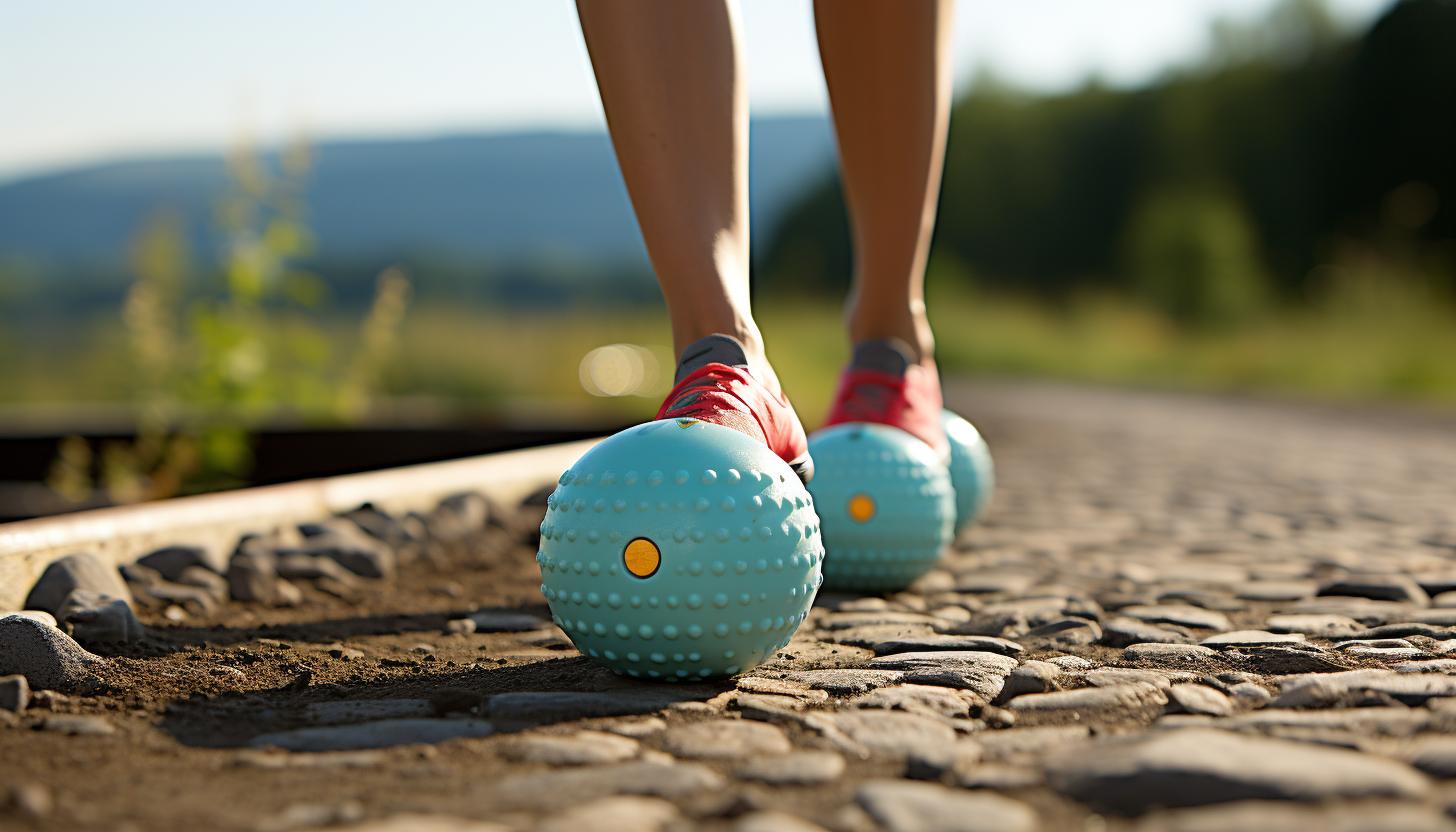
To effectively target tight muscles after your run, a foam roller and lacrosse ball are essential tools for self-massage. These tools can help alleviate muscle tension and promote recovery. Here are some different massage techniques you can try using these recommended self-massage tools:
– Foam Rolling: This technique involves rolling the foam roller along your muscles to release knots and trigger points. You can adjust the pressure by applying more or less body weight on the roller.
– Lacrosse Ball Massage: Using a lacrosse ball, you can apply targeted pressure to specific areas of tightness or discomfort. Simply place the ball against a wall or the floor and gently roll it over the affected area.
– Compression Massage: This technique involves applying firm pressure with either the foam roller or lacrosse ball onto a specific muscle group while holding it for 15-30 seconds. It helps improve blood flow and release tension in that area.
– Stretching with Tools: Combine stretching with self-massage by incorporating your chosen tool into stretches. For example, place a foam roller under your calves while performing calf stretches to enhance its effectiveness.
Target Areas for Post-Run Self-Massage
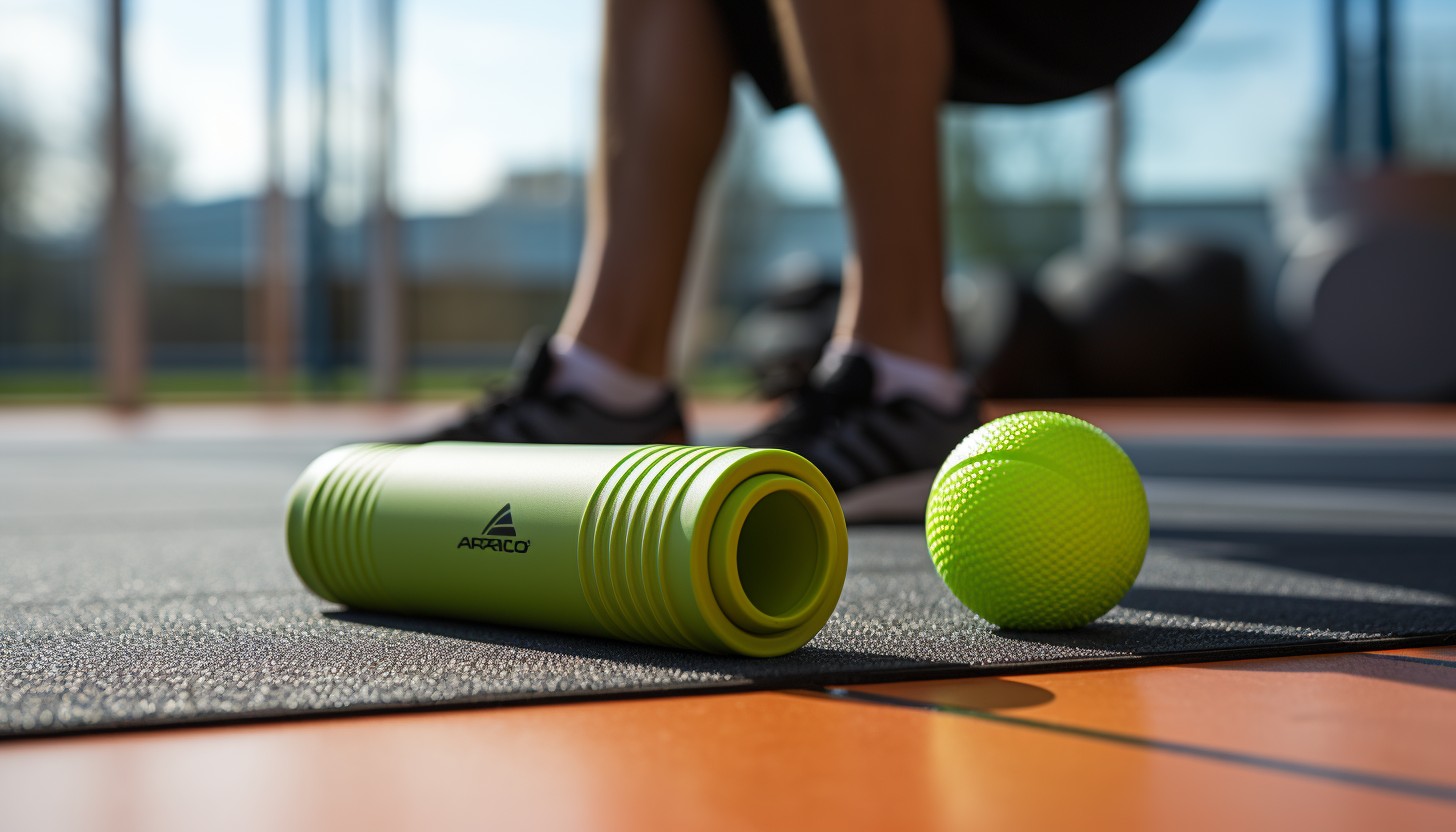
Using a foam roller and lacrosse ball can effectively target specific areas for self-massage after your run. When it comes to hips flexibility, using a foam roller can help release tension and improve mobility in this area. Start by sitting on the foam roller with one leg crossed over the other. Slowly roll from the hip down to just above the knee, focusing on any tight or sore spots along the way. Repeat on the other side.
For calf tightness, a lacrosse ball is an excellent tool for targeting this area. Begin by sitting on the floor with your legs extended in front of you. Place the lacrosse ball under your calf muscle and apply pressure by leaning into it. Roll back and forth over any areas of tightness or discomfort, pausing for a few seconds on each spot.
Remember to listen to your body and adjust pressure as needed during these self-massage techniques. Incorporating these targeted methods into your post-run routine can aid in improving hips flexibility and relieving calf tightness, ultimately helping prevent injuries and enhancing overall performance.
Tips for Incorporating Self-Massage Into Your Routine

When it comes to incorporating self-massage into your routine, start by identifying the target areas that need attention. This will help you focus on specific muscle groups and alleviate any post-run tension or soreness.
Here are some tips to help you effectively incorporate self-massage into your routine:
– Use a foam roller: Foam rolling is an excellent technique to release tight muscles and increase flexibility. Roll over the target area slowly, applying pressure as needed.
– Try self-massage tools: There are various tools available, such as massage balls or handheld massagers, which can provide targeted relief to specific areas. Experiment with different tools to find what works best for you.
– Practice deep breathing: Deep breathing during self-massage helps relax your body and enhances the effectiveness of the massage techniques. Inhale deeply through your nose and exhale slowly through your mouth while performing the massage.
– Don’t rush it: Take your time when massaging each area. Slow, deliberate movements allow for better muscle relaxation and prevent any potential injuries.
Incorporating self-massage into your routine can greatly benefit your post-run recovery. By following these tips and techniques, you’ll be able to optimize the benefits of self-massage and enjoy a quicker recovery time between runs.
The Science Behind Self-Massage and Muscle Recovery
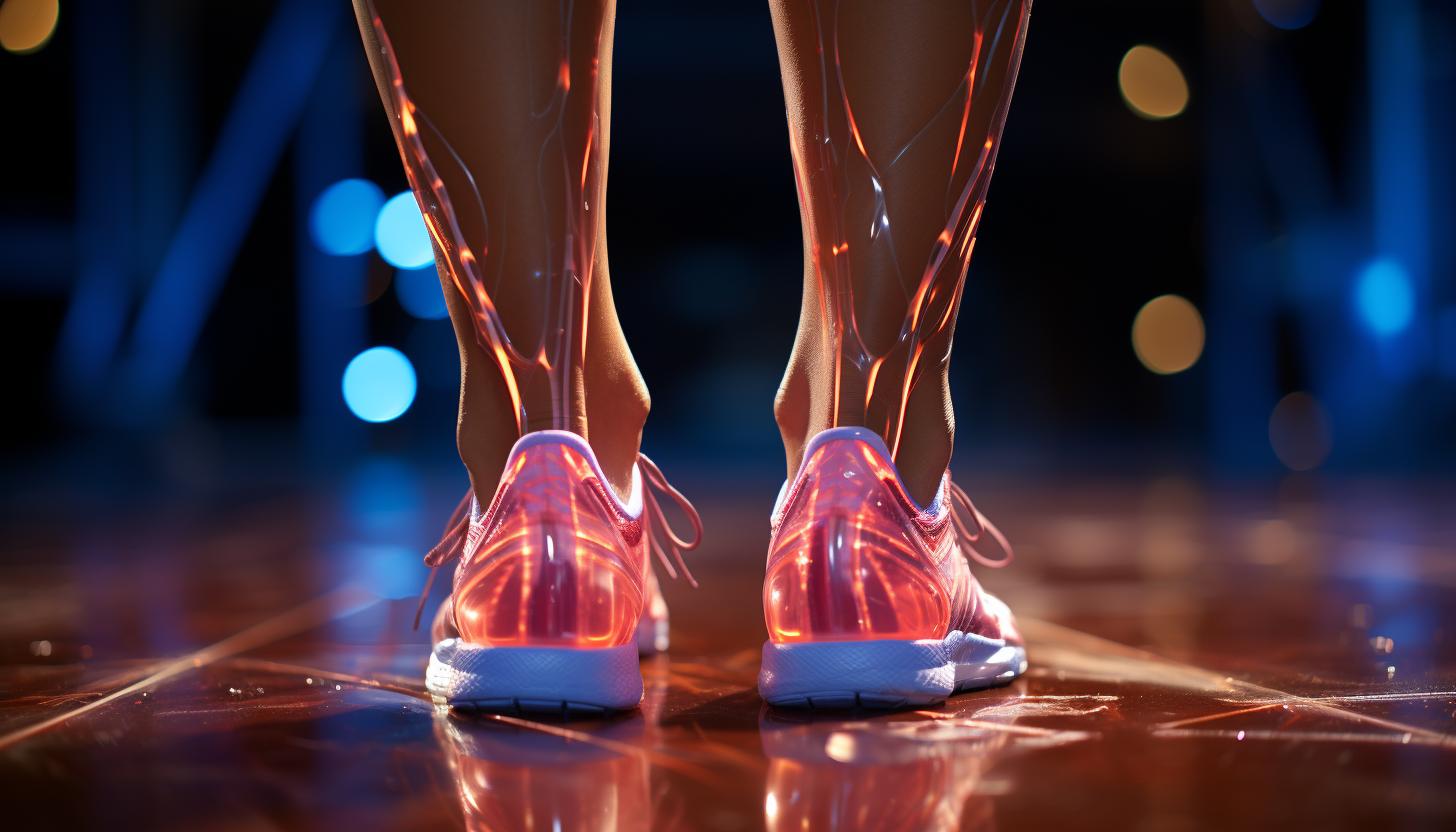
Deep tissue massage helps increase blood flow and oxygen delivery to your muscles, aiding in faster recovery and reduced muscle soreness. But do you know the science behind how self-massage can enhance muscle repair and promote overall well-being? Let’s delve into it.
When you engage in physical activity, tiny tears occur in your muscle fibers. These tears are a natural part of the muscle repair process, but they can also lead to discomfort and inflammation. This is where self-massage comes in – by applying pressure to specific areas of your body, you stimulate the lymphatic system.
The lymphatic system is responsible for removing waste products from your tissues and plays a crucial role in immune function. By promoting lymphatic drainage through self-massage techniques like kneading or rolling with a foam roller, you help flush out metabolic waste products that accumulate during exercise-induced muscle damage.
Additionally, self-massage stimulates blood circulation, which brings fresh nutrients and oxygen to the damaged muscles. This increased blood flow aids in the delivery of essential nutrients necessary for tissue repair. Moreover, it helps remove any built-up fluids or toxins that may contribute to post-workout muscle soreness.
Incorporating self-massage into your post-run routine not only assists with faster recovery but also supports optimal muscle repair. So take some time after your run to give yourself a soothing massage – your muscles will thank you!
Conclusion
Incorporating self-massage into your post-run routine not only enhances muscle recovery but also promotes overall well-being. By using essential tools and techniques, such as foam rollers and massage balls, you can target specific areas that need attention. Whether it’s your legs, calves, or back, self-massage allows you to release tension and improve flexibility.
Remember to take the time to incorporate this practice into your routine regularly for optimal results. The science behind self-massage confirms its effectiveness in speeding up muscle recovery and preventing injuries.
So go ahead, indulge in this rejuvenating practice and feel the difference it makes in your running journey.

